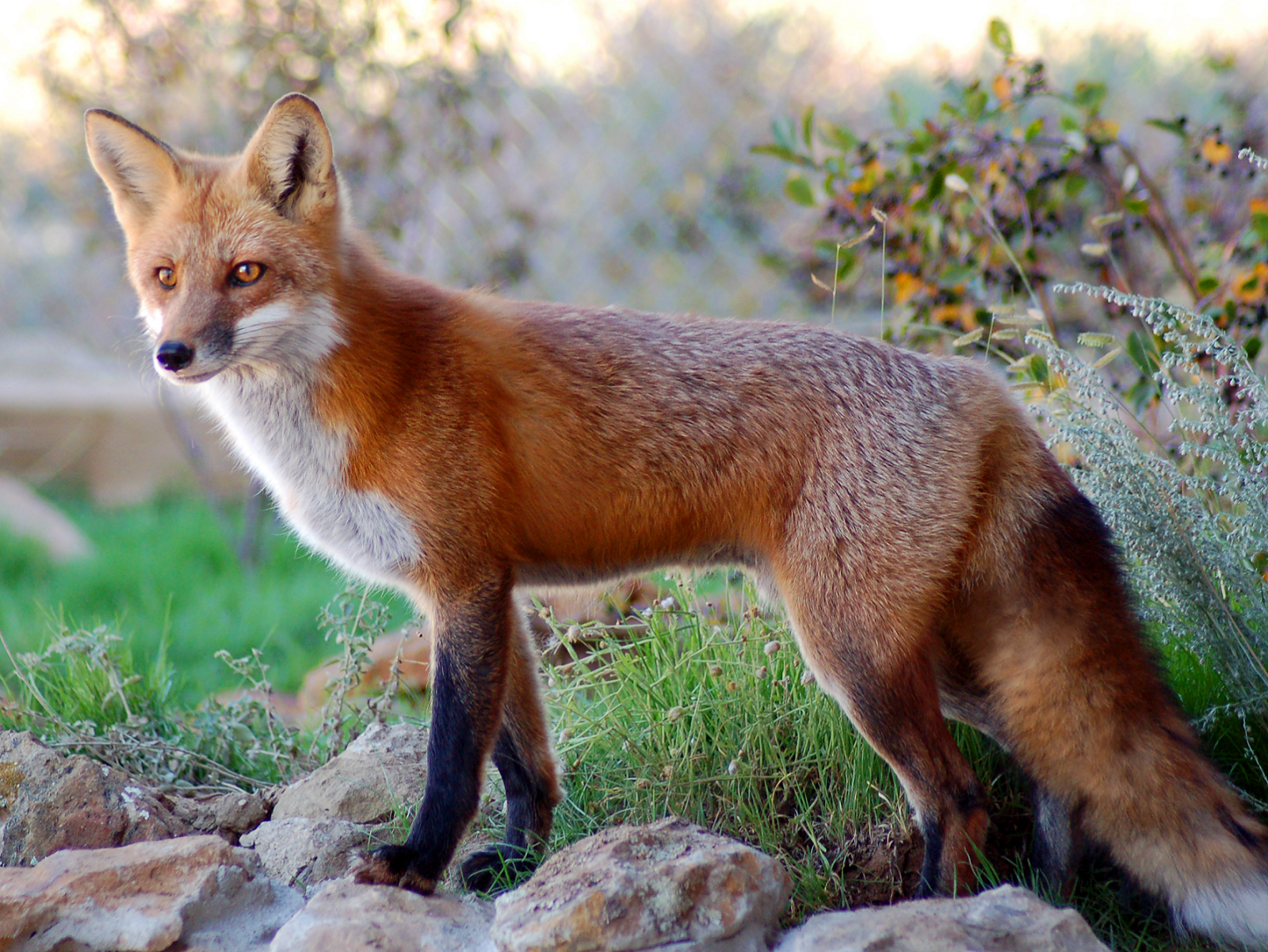El Zorro: The Legend Of The Masked Hero
El Zorro is a legendary character who has captivated audiences for generations. Known for his cunning wit and heroic deeds, El Zorro represents the quintessential hero fighting for justice in a corrupt world. This article delves into the rich history, cultural significance, and enduring legacy of El Zorro, exploring how this masked vigilante has become an iconic figure in popular culture.
Originating in the early 20th century, El Zorro first appeared in the short story "The Curse of Capistrano," written by Johnston McCulley in 1919. The character quickly gained popularity, leading to numerous adaptations in films, television, and literature. With his signature black mask and cape, El Zorro symbolizes the fight against oppression and the quest for justice, resonating with audiences worldwide.
This comprehensive article will explore the various facets of El Zorro, including his biography, character traits, cultural impact, and adaptations over the years. By the end, readers will have a deeper understanding of why El Zorro remains a beloved figure in storytelling and popular culture. Let's embark on this exciting journey through the life and legacy of El Zorro.
Table of Contents
- Biography of El Zorro
- Characteristics of El Zorro
- Cultural Impact of El Zorro
- Adaptations of El Zorro
- El Zorro in Film
- El Zorro in Television
- El Zorro in Literature
- Conclusion
Biography of El Zorro
El Zorro, whose real name is Don Diego de la Vega, is a fictional character created by Johnston McCulley. He is a nobleman living in Spanish California during the early 19th century. Don Diego is portrayed as a wealthy and carefree aristocrat, but he leads a double life as the masked vigilante known as Zorro.
| Attribute | Description |
|---|---|
| Name | Don Diego de la Vega |
| Alias | Zorro |
| First Appearance | The Curse of Capistrano (1919) |
| Creator | Johnston McCulley |
| Occupation | Nobleman, Vigilante |
| Signature Weapon | Rapier |
In his quest for justice, Zorro fights against tyranny and oppression, often targeting corrupt officials and wealthy landowners who exploit the common people. His trademark black attire, complete with a mask and a cape, allows him to maintain his anonymity while instilling fear in the hearts of wrongdoers.
Characteristics of El Zorro
El Zorro is characterized by several distinctive traits that contribute to his enduring appeal:
- Cunning Intelligence: Zorro is known for his sharp wit and clever strategies, often outsmarting his opponents.
- Combat Skills: A master swordsman, Zorro is skilled in the art of fencing and often engages in duels.
- Charming Persona: Don Diego de la Vega's dual life as a charming aristocrat aids in his ability to gather intelligence and navigate high society.
- Compassion for the Oppressed: Zorro's motivations stem from a deep sense of justice and a desire to protect the innocent.
Cultural Impact of El Zorro
Since his inception, El Zorro has had a profound impact on popular culture. The character has been embraced in various forms of media and has inspired countless adaptations. Here are some key points regarding his cultural significance:
- Representation of Justice: El Zorro embodies the fight against injustice, serving as an inspiration for those advocating for social change.
- Influence on Other Characters: Many fictional characters, such as Batman and The Lone Ranger, have drawn inspiration from Zorro's archetype of the masked vigilante.
- Cultural Symbol: Zorro represents the Spanish heritage and the cultural identity of California, making him a beloved figure in both American and Latin American culture.
Adaptations of El Zorro
Over the years, El Zorro has been adapted into various forms of media, each adding its unique spin to the character. Here are some notable adaptations:
El Zorro in Film
The film industry has produced numerous adaptations of El Zorro, ranging from classic black-and-white films to modern blockbusters. Some significant films include:
- The Mark of Zorro (1940): Starring Tyrone Power, this film revitalized interest in the character.
- The Mask of Zorro (1998): Featuring Antonio Banderas and Catherine Zeta-Jones, this film brought Zorro to a new generation.
El Zorro in Television
Television adaptations have also played a significant role in popularizing El Zorro. Notable series include:
- Zorro (1957-1961): A popular television series that introduced Zorro to a wider audience.
- The New Adventures of Zorro (1981): An animated series that brought the character to a younger audience.
El Zorro in Literature
El Zorro's adventures have also been chronicled in various books and graphic novels. These stories explore different aspects of his character and expand on his adventures.
- The Curse of Capistrano: The original story by Johnston McCulley that introduced Zorro to the world.
- Modern Novels: Numerous authors have written new adventures featuring Zorro, keeping the character alive in contemporary literature.
Conclusion
El Zorro remains an enduring symbol of justice, heroism, and cultural pride. Through his cleverness, combat skills, and compassion for the oppressed, Zorro continues to inspire audiences around the globe. Whether through film, television, or literature, the legend of El Zorro lives on, reminding us of the importance of standing up for what is right.
As we reflect on the legacy of El Zorro, we invite you to share your thoughts. Have you seen any adaptations of El Zorro? What impact do you think this character has had on popular culture? Leave a comment below and share this article with others who appreciate the tale of the masked hero!
Thank you for joining us on this exploration of El Zorro. We hope you found this article informative and engaging. Be sure to check back for more exciting content about legendary characters and their impact on our culture.
Article Recommendations
- Lifecare Family Medicine
- Powell Back To 2019
- Define Group Dynamics
- Nicole Lapin Husband
- Farruko Pop Muerte X
- Ryan Clark Football
- Wordle Hint Today Mashable
- Girth Brooks Videos
- Heritage Coin Company
- Prideofgypsies



